End-grain walnut cutting boards have become very popular because of the unique features they offer. This kind of cutting board will last a very long time and is both eye-catching and knife-friendly, although there are different options, and this guide will help you select the best end-grain walnut cutting board.
There are two types of cutting boards, including butcher blocks and reversible boards. Butcher blocks are mainly used for chopping meat and have a sturdy base to prevent slipping. They also provide tough working services to withstand the impact of heavy knives and tools. Reversible boards are more versatile and can be used to dice vegetables and fruits and to prep meat, and they can also be used as display trays.
End Grain Walnut Butcher Block
Whether you need to apply hard hits to tenderize meat or carve a large thanksgiving turkey, the walnut end grain butcher block is ideal because it is made of a hardwood that self-heals. Walnut is composed of a tight grain structure that separates under sharp knives and then closes back up, which makes it less dulling to your carving set and also very sturdy.
End grain walnut butcher blocks are very durable and also eco-friendly, which makes them a great product for any kitchen.
Reversible Cutting Boards
This kind of board features thick, closed-grain walnut wood, which isolates both sides and prevents the accumulation of bacteria-breeding moisture. This will eliminate the possibility of cross-contamination, which can occur whenever ingredients like beef or chicken and vegetables are prepared on the same surface.
Reversible closed-grain walnut cutting boards are antimicrobial and stable, which means you can tenderize tough bottom sirloin steak effectively and safely. Stability will also enhance longevity, as rocking boards will wear out faster.
All end-grain walnut cutting boards require maintenance, and proper care will keep them functioning at their best for years to come. Oiling, waxing, the use of appropriate soaps and colloidal spraying are all part of the maintenance process.
Maintenance, Care & Cleaning for Your Cutting Boards
Oiling will seal bacteria-trapping dents and scratches and will create an extra barrier between the cutting board and your knives. Oiling will also help your board resist water damage by preventing absorption. Waxing will enhance the depth, and natural beauty of the walnut wood grain, which will fade over the wash-dry cycles and using the appropriate soaps will ensure you don’t strip the natural oils within the cell structure of your cutting board. Heavy-duty chemicals should be avoided, and the right soaps will be made from organic oils like olive oil, flaxseed and shea butter. Finally, disinfecting sprays will remove rancid smells from your cutting board.
If you are looking for the best end-grain walnut cutting board, Wood Craft Bros will provide you with what you’re after. Our cutting boards are reliable and beautiful and are made to be used and presented. Visit us today to view our end-grain butcher blocks and cutting boards!

